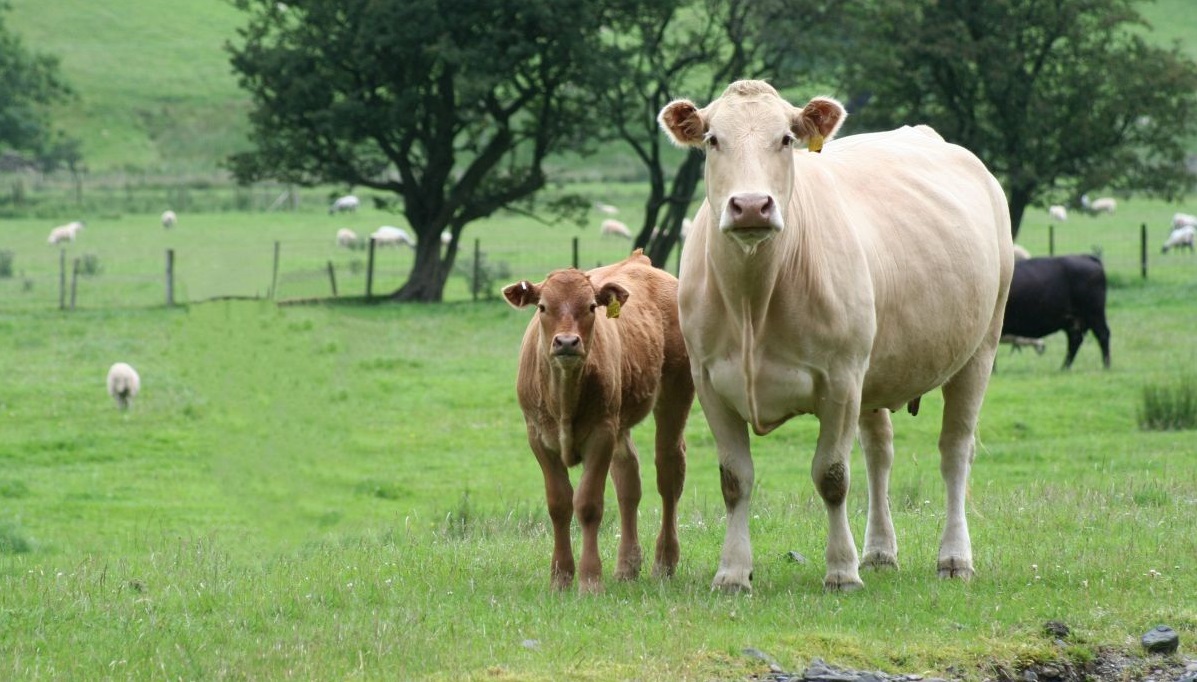
For producers finishing cattle, the past few years have been a rollercoaster from a farmgate price perspective. A combination of factors have played a part in driving prices. However, supplies (at home and elsewhere), competitiveness and consumer demand have generally led the way.
So what can we expect for 2016? AHDB Beef & Lamb weighs in: "Certainly, some of the external factors influencing prices are not expected to change, meaning that this year is likely to again be a difficult one for producers.
"In 2014, with increased domestic production and imports, the volume of beef on the UK market was high. This met a lacklustre demand and the supply/demand balance was unfavourable for producers. Into 2015, prices started the year below year earlier levels and once again came under pressure. While tighter supplies moved the balance swiftly and prices quickly recovered through the summer, although possibly, with the benefit of hindsight, a little too quickly.
"Since the autumn, prices have been on a downward trajectory again and not only did the traditional pre-Christmas uplift not appear, prices actually came under even more pressure. A range of factors caused this, including the sterling: euro exchange rate and increased cow slaughterings. In addition, adequate numbers in the pipeline definitely cooled the trade as processors moved past their procurement periods for Christmas. With sufficient supplies in storage to fulfil any swift uplift in retail demand, processors were in a comfortable position.
"Looking ahead, UK beef and veal production is expected to increase this year; latest AHDB beef and lamb forecasts suggest a two per cent rise. In addition, a notable increase in calf registrations over the past couple of years and lower live exports last year mean that the number of cattle available for slaughter in Ireland this year is expected to be higher.
"A significant proportion of the increased Irish production could well be available to the UK market at competitive prices, given the sterling: euro relationship. The demand for Irish beef is likely to remain robust in some segments of the retail, foodservice and manufacturing sectors.
"As always, the prospects for the price developments will also depend on the retail side of the equation. In comparison with the EU, the UK economy is performing better and consumers have more disposable income. If this leads to increased spending on groceries, it could offer better prospects for beef sales.
"However, consumption trends are now deep seated and convenience is increasingly important. Two of the most popular beef dishes, roasts and stews, take far longer than the half-hour consumers now typically spend preparing and cooking their evening meal, according to Kantar Worldpanel. Consequently, primary red meat cuts look vulnerable in the context of modern lifestyles.
"Adding to the pressure on prices due to the supply and demand situation, the year also starts with the major processors and retailers focusing on specification, whether it be movement, weight, conformation or age. Price penalties for cattle falling outside their favoured specification look likely to be a major issue for the sector this year.
"While some finishers may be able to realign their systems quickly, for the majority this will take some time. This issue could well have a knock on impact across the whole sector. Not only will the store trade be influenced by finishers’ decisions but the breeding intentions for suckler producers could come under examination.
In summary, at the very least it is difficult to see how prices could increase from current levels, particularly once supplies start to rise later in the year. Unless things do change, for example if demand performs much better than expected or the exchange rate moves into a more favourable position, the market could well see further decreases."
